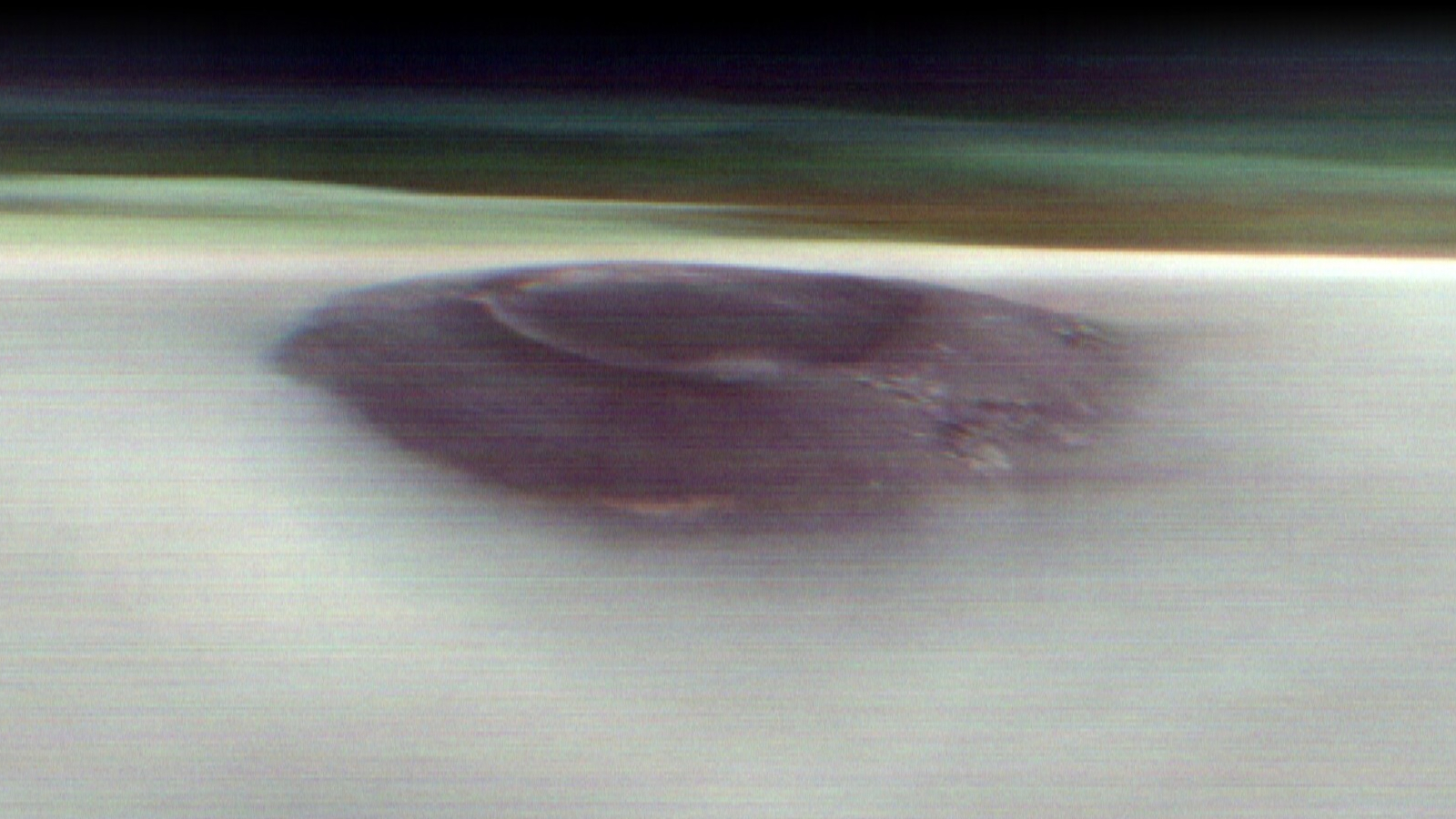Astronomy
Explore Astronomy
Latest about Astronomy
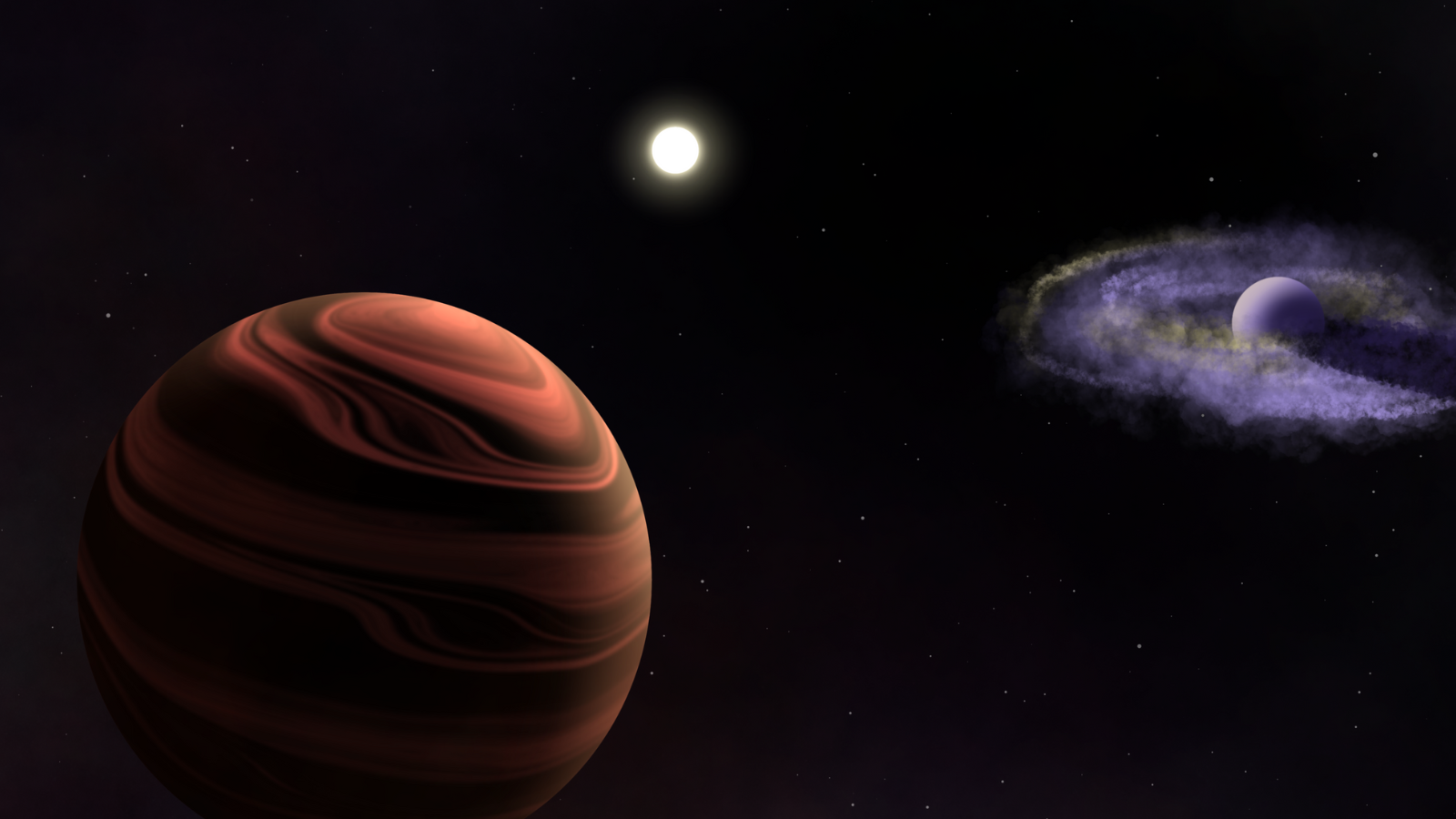
James Webb Space Telescope sees 1st exoplanet raining sand alongside 'sandcastle' partner world
By Robert Lea published
In two related firsts, the James Webb Space Telescope has discovered sand-filled rains on a distant exoplanet as its "sandcastle" partner world forms from sandy matter before the eyes of astronomers.
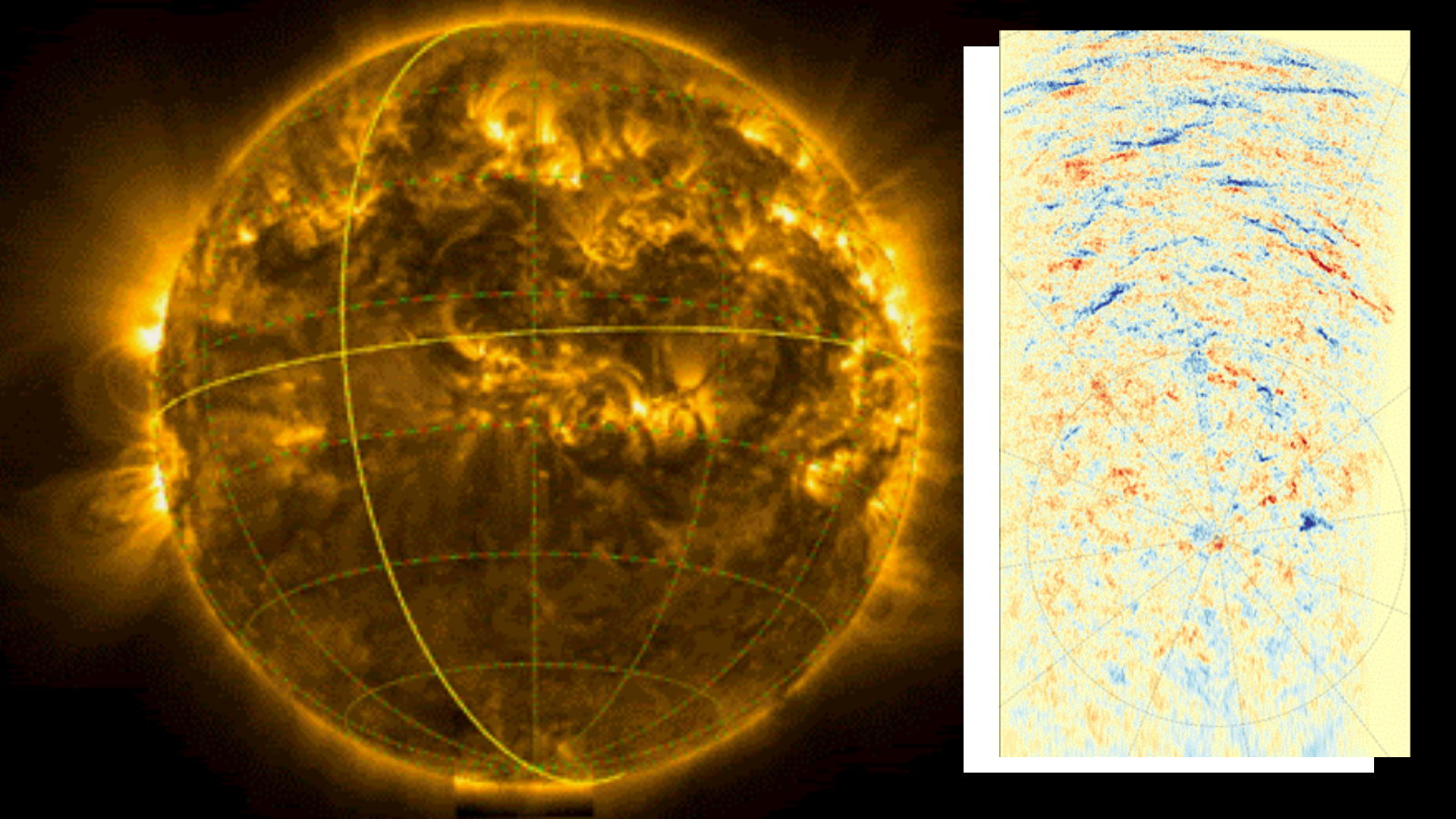
Humanity takes its 1st look at the sun's poles: 'This is just the first step of Solar Orbiter's stairway to heaven' (images)
By Robert Lea published
The Solar Orbiter has captured humanity's first look at the south pole of the sun, revealing messy magnetic fields and particles being ejected at high speeds.
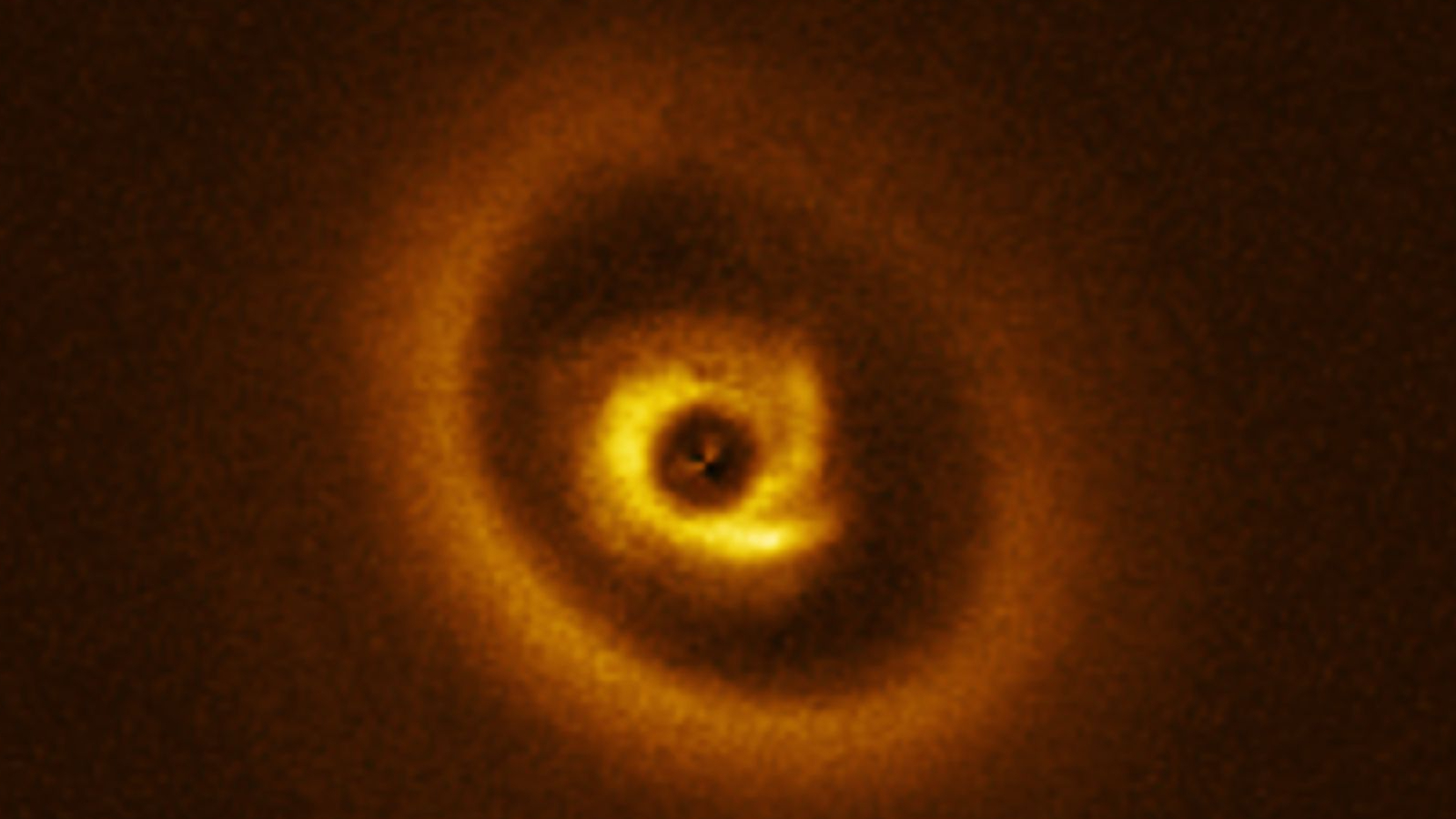
Cosmic rings reveal new planet being born| Space photo of the day for June 11, 2025
By Kenna Hughes-Castleberry published
Star RIK 113 is busy making a new planet in its protoplanetary disk as seen in this new image from the Very Large Telescope.
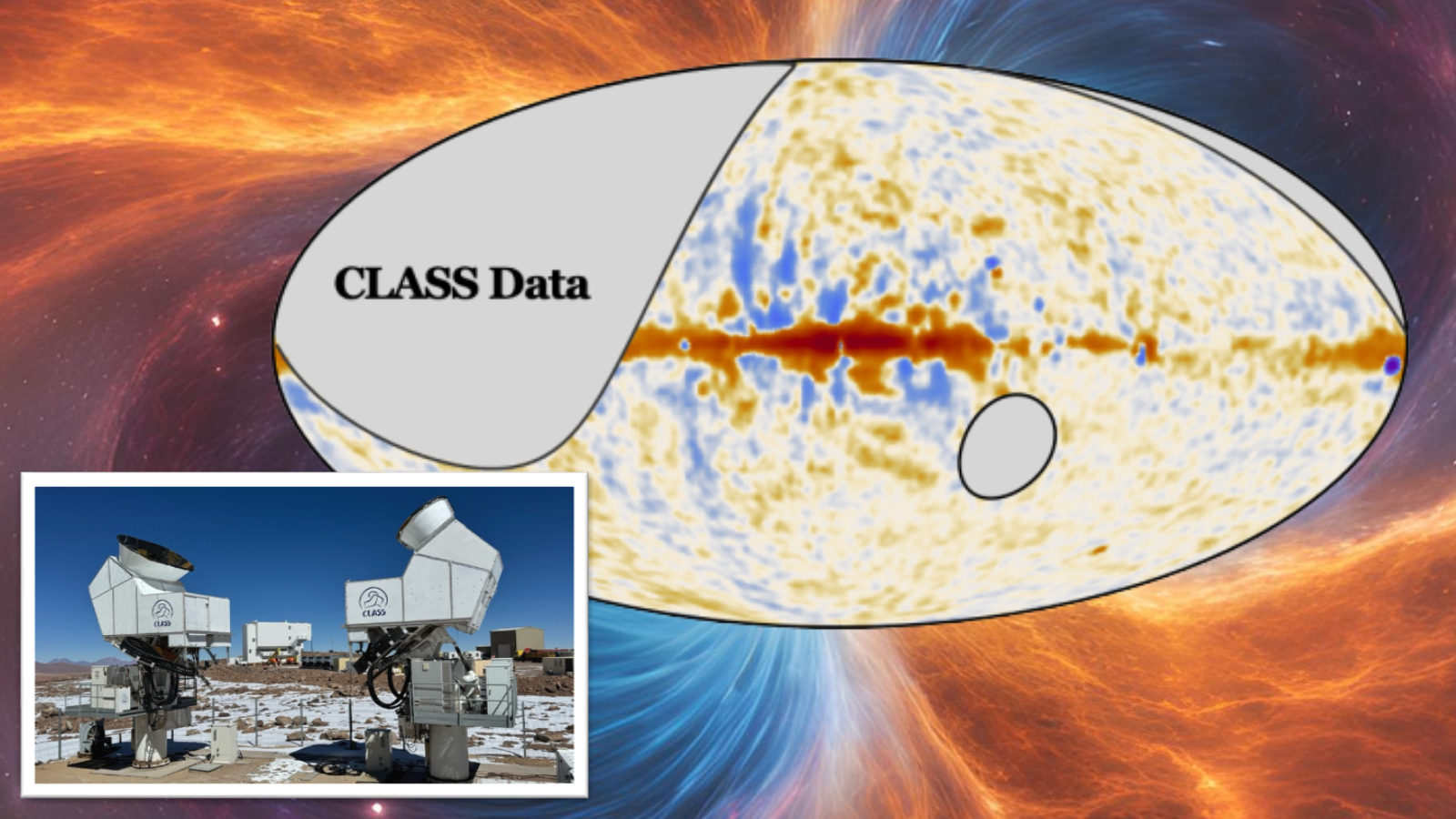
Astronomers see the 1st stars dispel darkness 13 billion years ago at 'Cosmic Dawn'
By Robert Lea published
The CLASS telescope array has taken a fresh look at the infant universe to hunt for polarized light in the Cosmic Microwave Background that resembles light bouncing off a cosmic car hood.
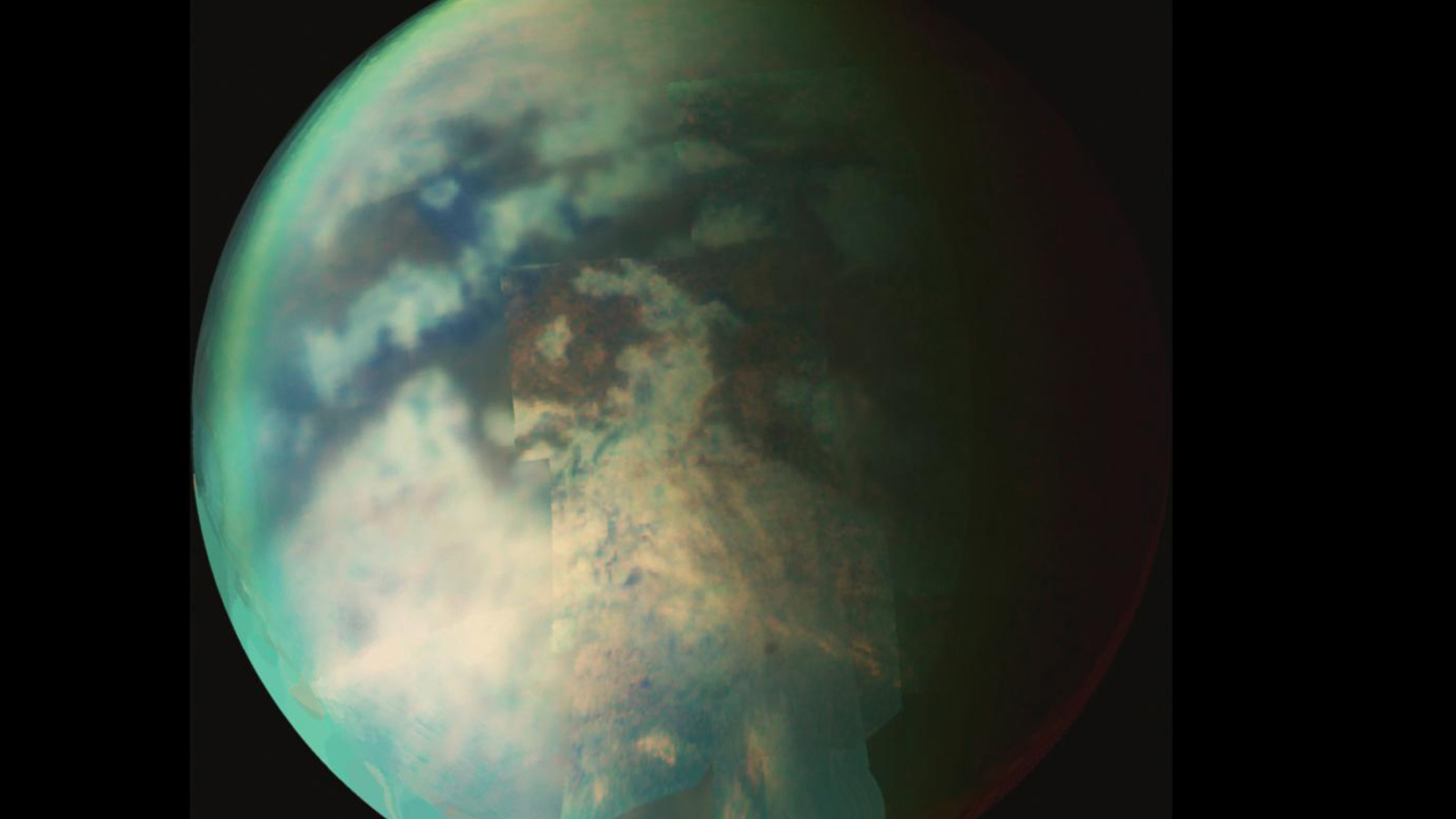
'We've got a new mystery on our hands': Titan's weird wobble just got even stranger
By Victoria Corless published
New research reveals more about why Saturn's large moon tilts, a puzzle that has intrigued scientists for decades.
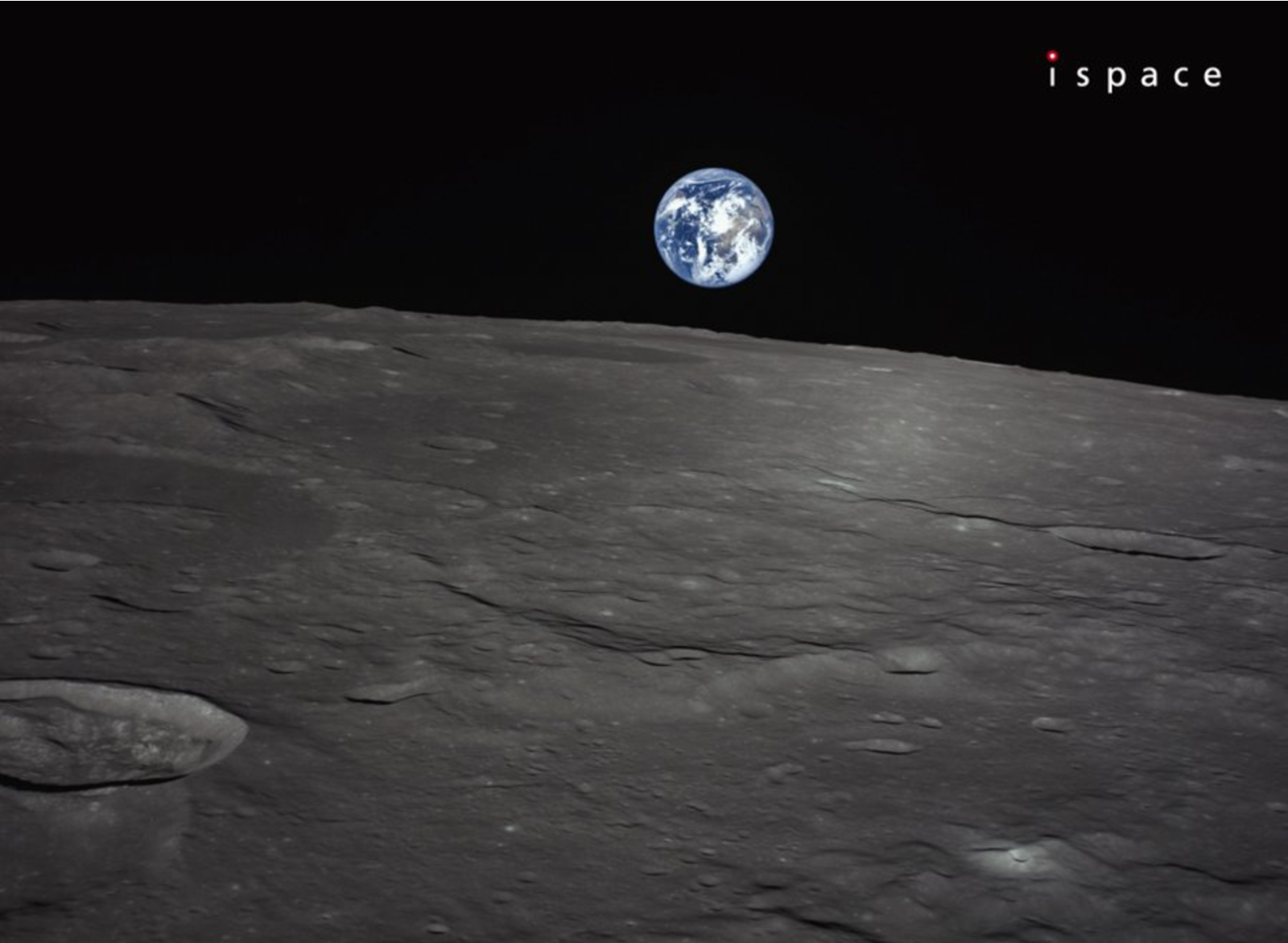
Japan's ispace Resilience lander looks back on Earth from the moon | Space photo of the day for June 6, 2025
By Kenna Hughes-Castleberry published
The private company's Resilience moon lander could almost see Japan if it weren't for the clouds.

NASA raises the odds that an asteroid could hit the moon in 2032
By Sharmila Kuthunur published
Asteroid 2024 YR4, once the highest impact risk ever recorded, now poses no threat to Earth but has a slightly increased chance of striking the moon in 2032.
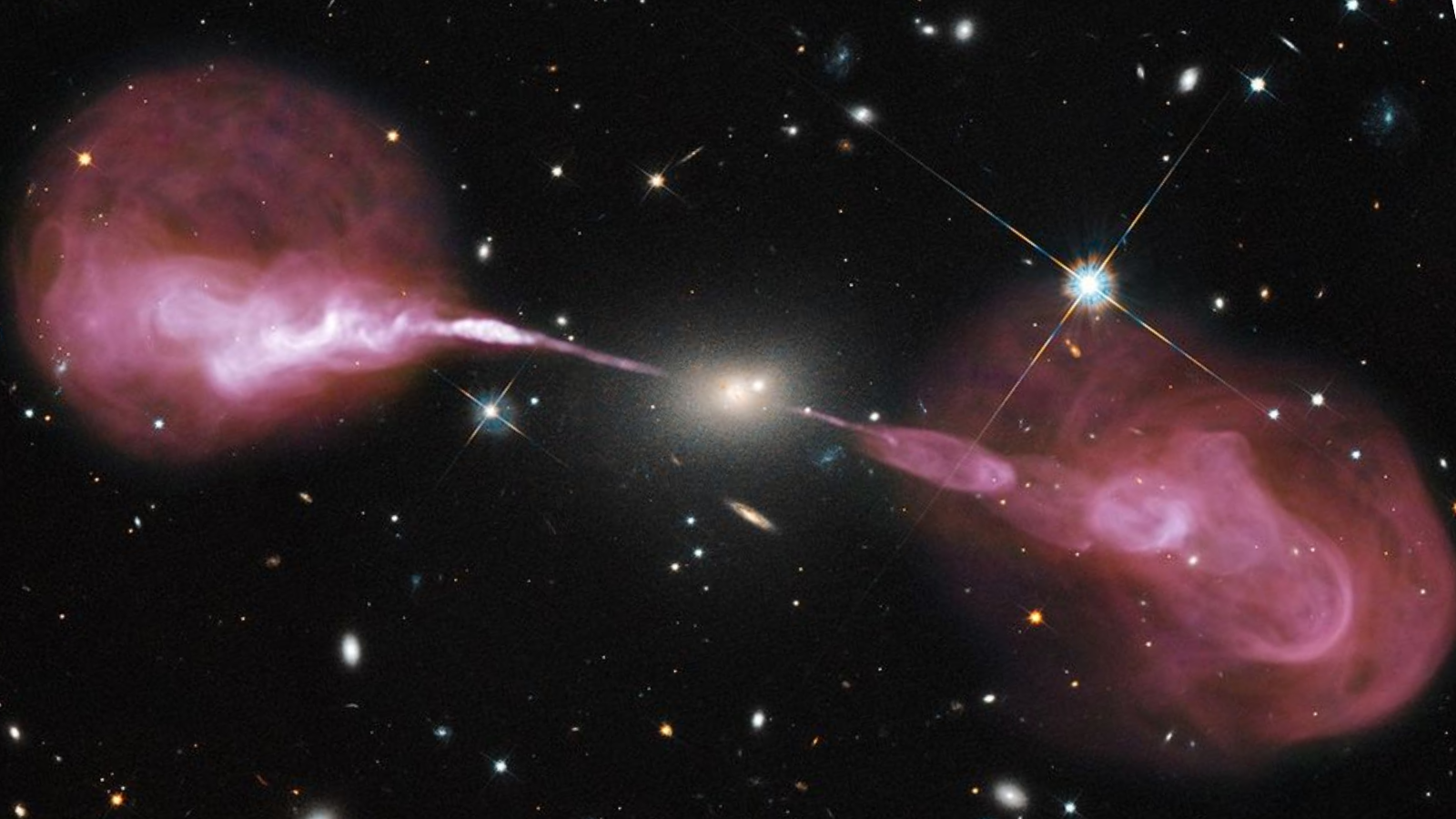
Astronomers discover 15 new giant radio galaxies — the largest single objects in the universe
By Robert Lea published
A new batch of 15 Giant Radio Galaxies, the largest of which is 12.4 light-years wide, could help reveal how black holes and galactic mergers help the universe's largest single objects grow so large.
Get the Space.com Newsletter
Breaking space news, the latest updates on rocket launches, skywatching events and more!
